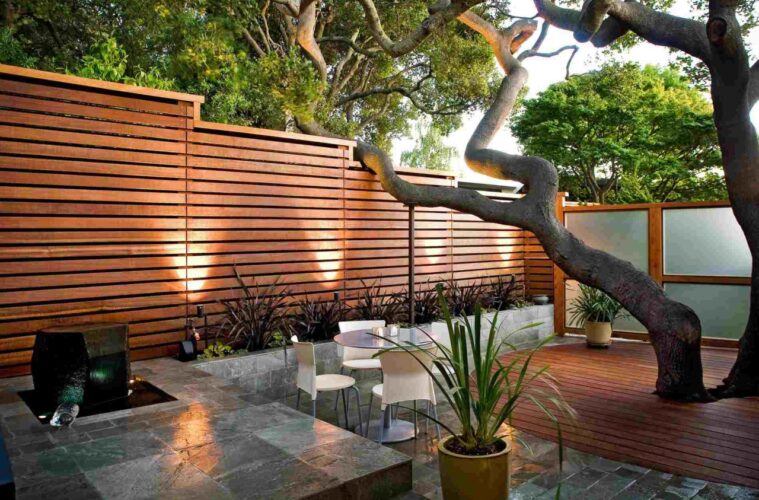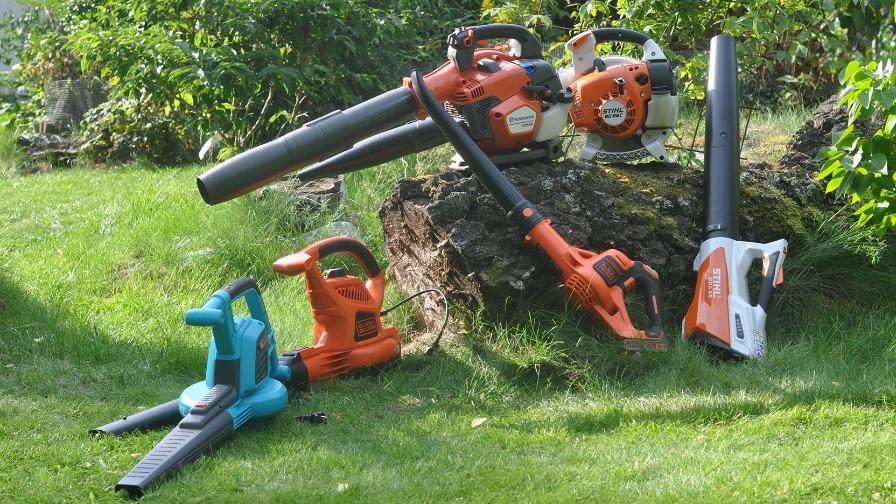A beautiful garden is a wonderful asset to any home, but how can you keep your garden lush and beautiful while remaining environmentally friendly?
In actual fact, the garden is one area of the home that lends itself perfectly to eco-friendly design and practice, so we’ve found a few tips that should help you enjoy your garden and be kind to the environment.
Recycle and Repurpose
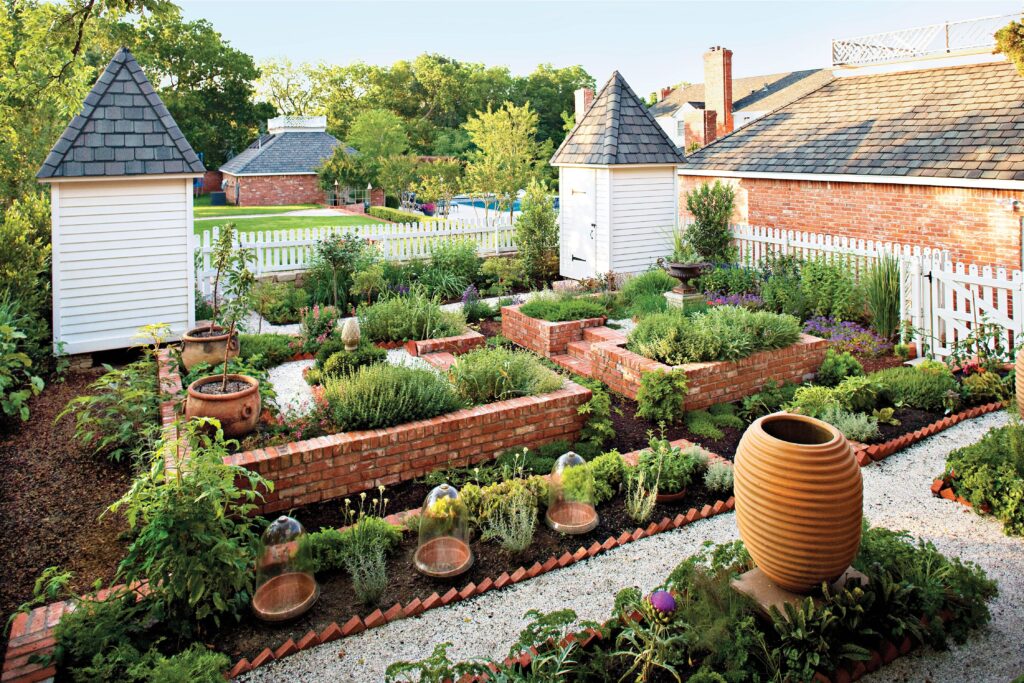
source: pinterest.com
Recycling is all the rage these days and rightfully so. You can use recycled materials and items in your garden that will not only look good but will help you in your quest to be eco-friendly.
Find a local junk shop and you’ll see many items you can use as planters: old tin baths, tea pots, any kind of old container that will be cheap and cheerful. Don’t throw out your old pots and pans as they can make fun planters too.
You may be lucky and find the gardeners favourite – the old-style ceramic ‘Belfast sink’ – which is a wonderful addition to any garden.
Save Water
Rainwater is an asset that we can’t overlook. If you have barrels for catching rain, you’re on the right track. Make sure you devise a system where as much rainwater as possible is captured and delivered to your containers.
Some gardeners have begun installing underground tanks to hold water. This is a great idea and an efficient one, but it can be expensive. Look around for other containers to put around the garden to catch rain, and you may be surprised how much you can save on a rainy day.
Choose Local Materials
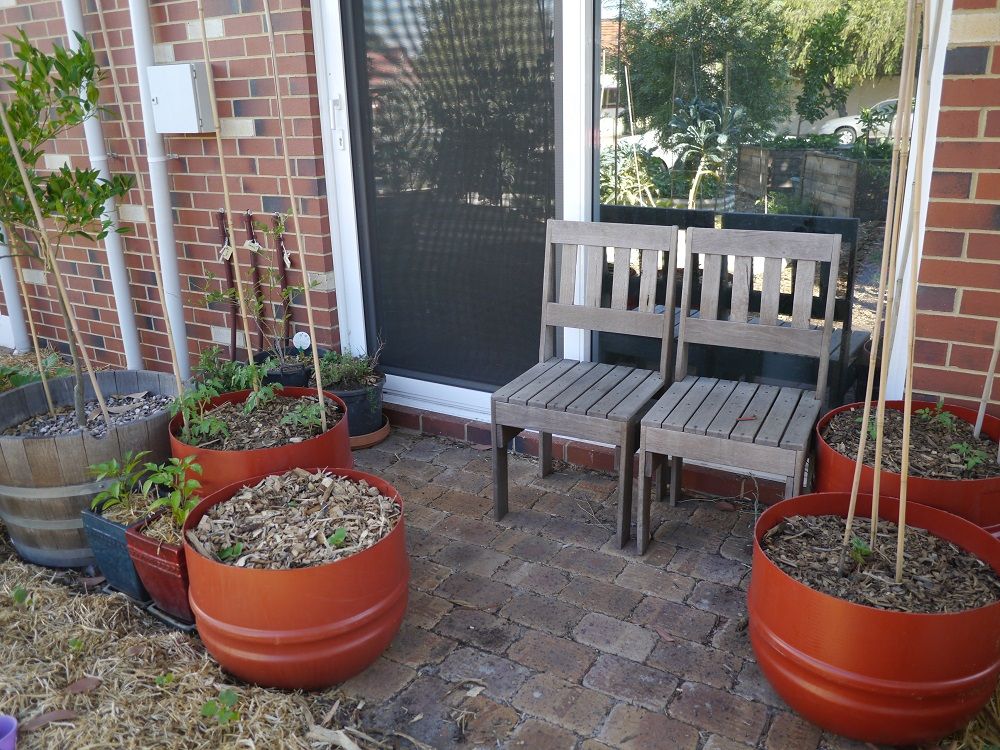
source: pinterest.com
Using local suppliers is among the most ecologically friendly thing you can do. The longer your journey to the garden centre, hardware store, or nursery, the more pollution you are emitting.
Buying local also means you are putting back into the community and keeping local businesses alive. Go local for organic fertiliser, for plants and plant food, and for all your garden tools and implements.
Your actions will be appreciated by the local businesses you use, and you can build up a relationship with various suppliers.
Permeable Pathways
Concrete is not an eco-friendly material for pathways. Concrete paths encourage water run-off, which can be damaging to the environment if contaminated water gets into rivers, canals, or any watercourse.
We recommend using gravel paths, laid on earth, for the best disposal of standing water. This is also a cost-effective method of paving, and there is a wide choice of different gravel types, sizes, and colours so you can create a decorative path.
Alongside permeable paths you may want to landscape your front yard with rocks for a more impressive appearance. Many gardeners forget the front, but it can also be a beautiful space.
This is also a clever idea for putting around ponds, for example, and other decorative features in your garden. Talk to a local hardware supplier and you’ll discover there is plenty of choice.
Ditch the Chemicals
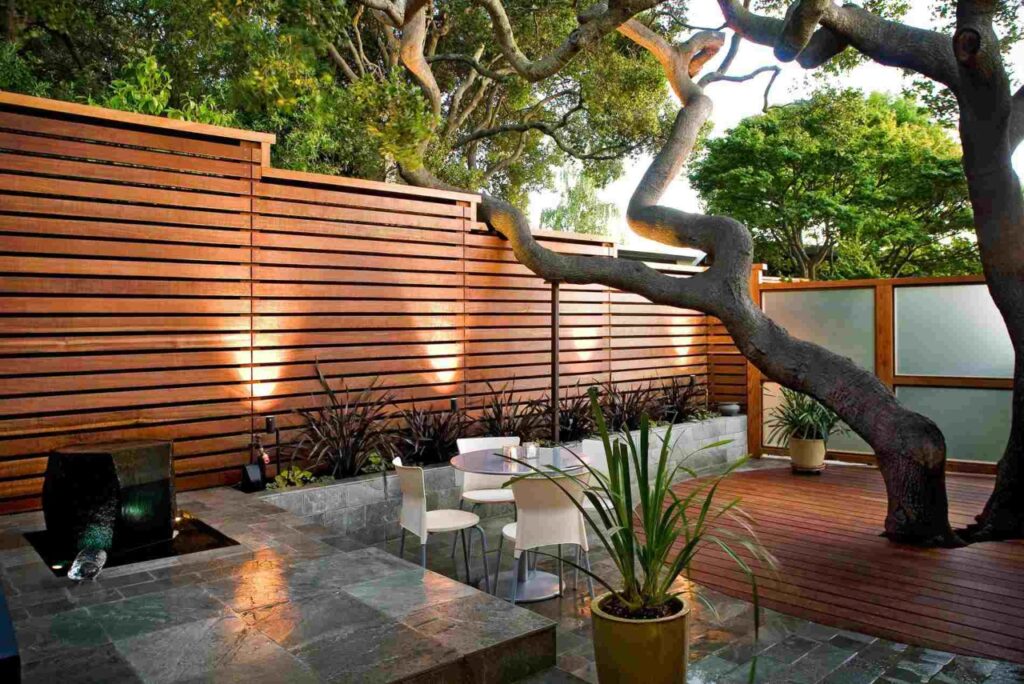
source: pinterest.com
This is a critical issue in gardening circles – chemicals should be abandoned unless absolutely necessary. We’re talking about fertilizer, plant foods, weedkiller, and any substance you use in the garden.
It is usually weedkiller that is the problem, as even now many brands include potentially damaging chemicals. We recommend a weed burner as an alternative, and for getting rid of pests there are plenty of natural methods.
A powerful jet of water will remove greenfly. Leave a corner of the garden untouched so hedgehogs and other wild creatures can hide their and eat slugs. Plants that deter pests include onions and chives, marigolds, and basil.
Plant leeks and carrots together as each repels the other’s natural pests. Best of all, install a pond. This will attract insects that are beneficial rather than detrimental.
Plants that Bees and Friendly Insects Love
It’s no secret that bees are of significant importance to our very existence. Bees are pollinators. They are vital in helping us grow the plants we eat. Bees love spring plants – the spring is when they begin work – such as wallflowers, rosemary, and aubretia.
The also love catmint, thyme, lavender, and ivy. You may want to put out a ‘bee hotel’ where the solitary type of bee will be happy to live. Bees are wonderful creatures to watch as they go about their business.
Other wildlife should also be encouraged – hang bird boxes to encourage nesting as birds eat caterpillars, and we’ve already mentioned that messy hiding place corner where hedgehogs and slow worms can hang out.
A garden alive with wildlife is a place of wonder, so have a look around and see what you can do to encourage the many wonderful animals, birds, and insects that live in and around our gardens.
Make Your Own Compost
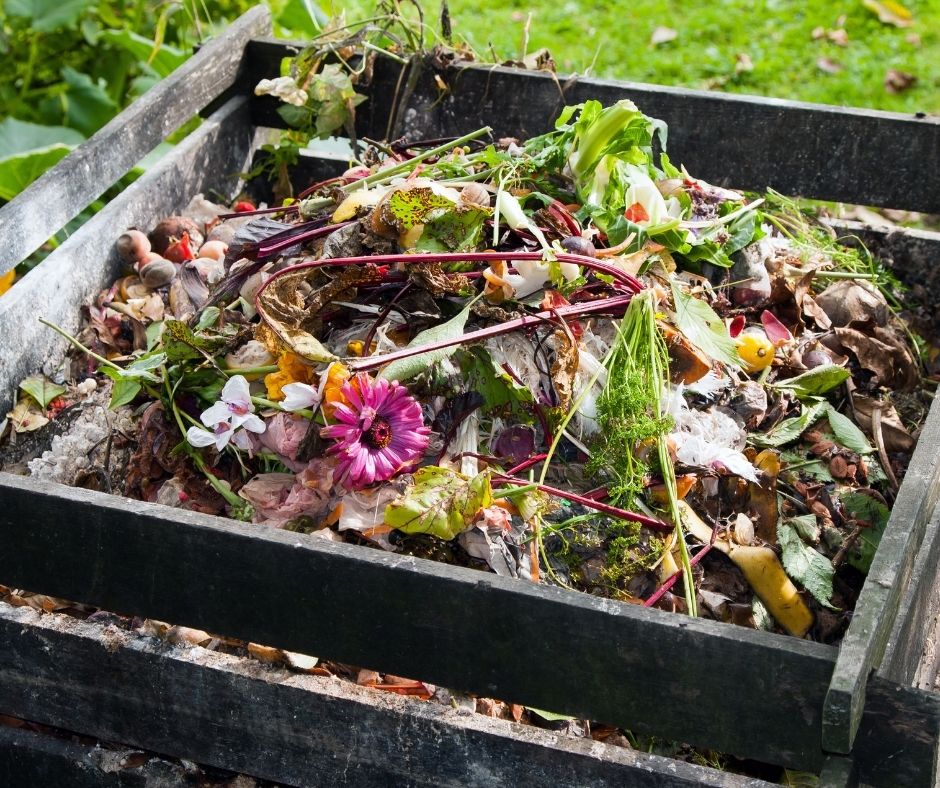
source: pinterest.com
Compost is helpful in keeping a garden lively and healthy, so why not make your own? There are many everyday items that you would usually throw away that can be put into a composter and left to degrade into fertile, usable compost.
All of the following can go into your compost bin:
- lawn clippings
- wood ash (in moderation)
- hedge trimmings
- veg peelings
- tea bags
- egg boxes
- leaves
- shredded newspaper and cardboard
- vacuum cleaner contents
Be careful not to include glossy paper publications, cooked food, meat, and pet waste. If you want to accelerate your composting, you can buy worms and create a wormery, and they will enjoy helping you create your compost.
Enjoy Your Garden!
The above are just some of the ideas we came up with for creating and managing a green, eco-friendly garden, and when you start to look around you will find many more.
If you have a shed or outbuilding, why not consider a ‘green roof?’ It’s a lovely idea and not expensive and makes a great talking point too.
We should also mention the difference that lighting makes to a garden in the evenings. There are many affordable solar light solutions that charge during the day and come on at night when darkness sets in.
Making a garden ecologically friendly will not only enhance the way it looks but will also bring you a sense of satisfaction that you have done your bit for the environment.

